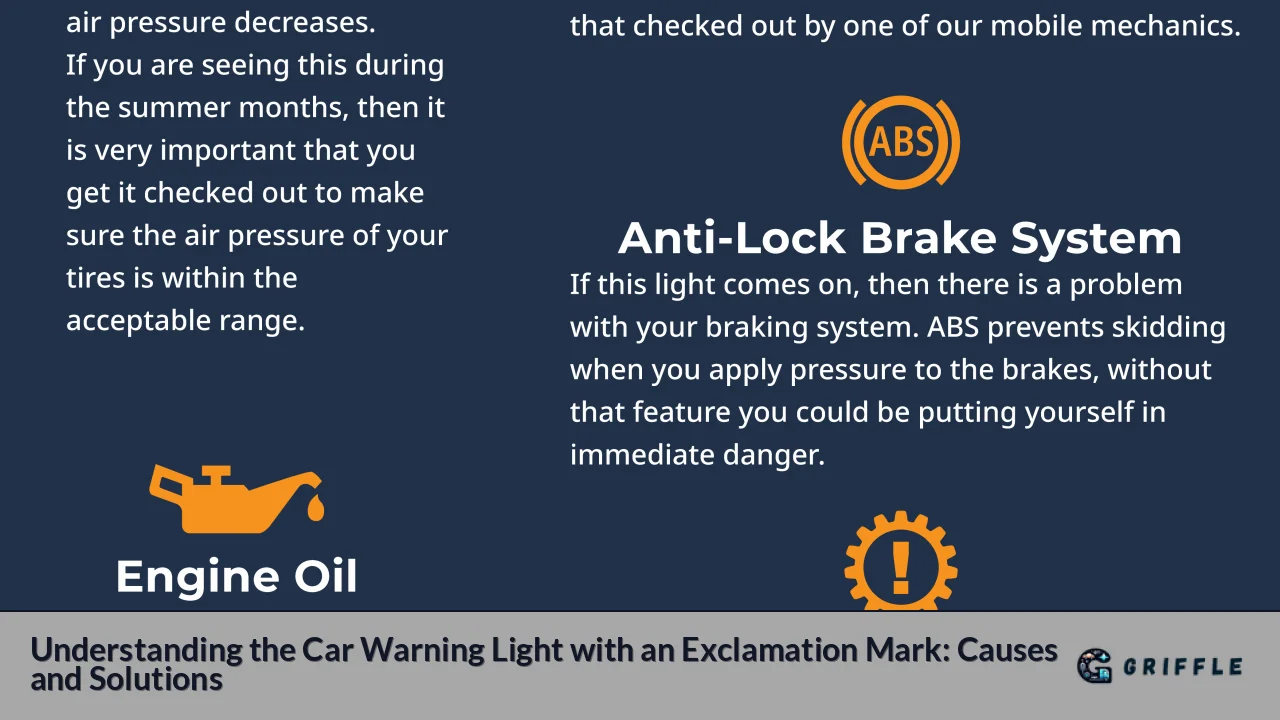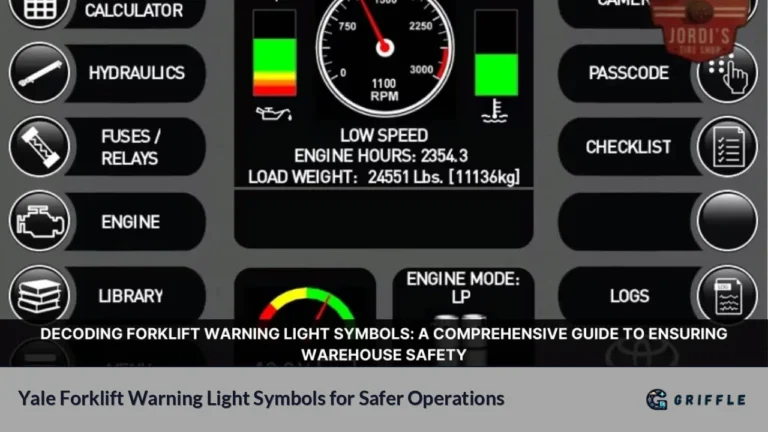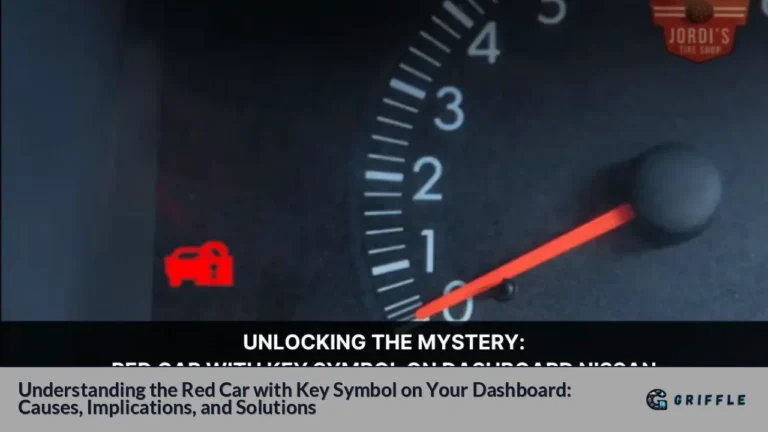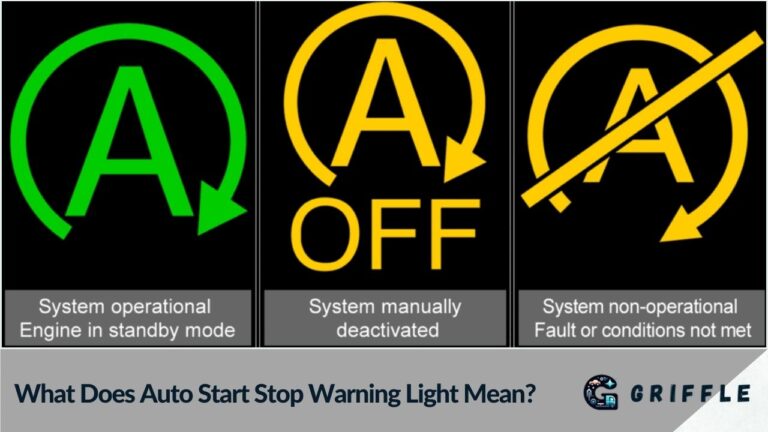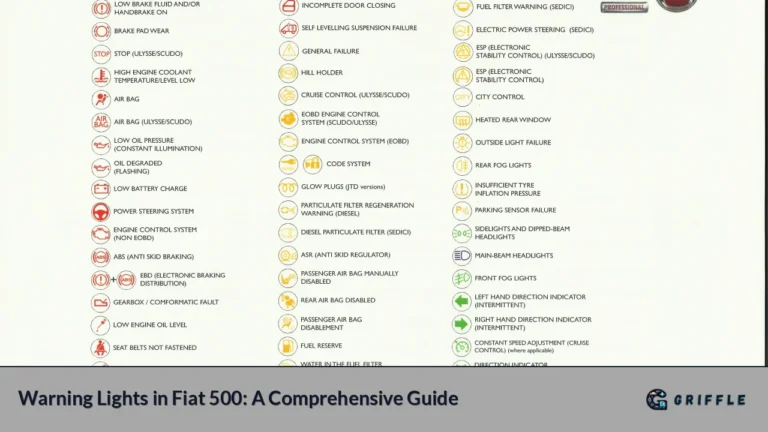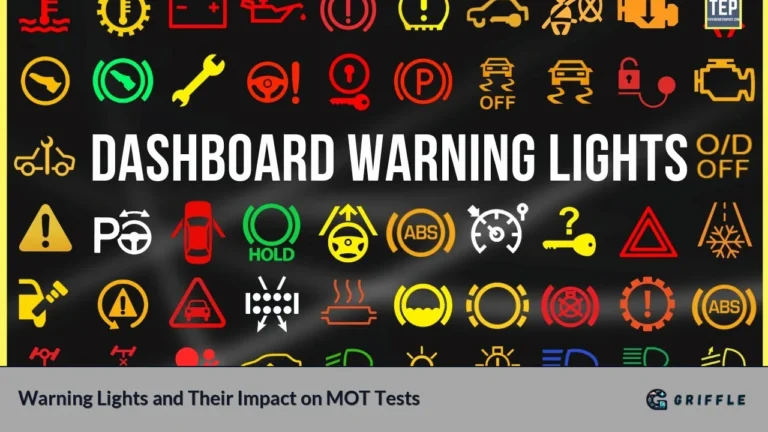Car dashboard warning lights are essential indicators that alert drivers to potential issues with their vehicle. One of the most common yet often misunderstood symbols is the exclamation mark inside a triangle or circle. This article will explore the various reasons this warning light may illuminate, what actions to take, and how to prevent further complications.
The exclamation mark warning light can signify a range of issues, from minor inconveniences to serious safety concerns. Understanding the implications of this light is crucial for maintaining vehicle safety and performance. Ignoring it could lead to significant damage or even accidents. Therefore, it is essential for drivers to recognize what this warning means and how to respond appropriately.
| Warning Light | Meaning | Possible Causes | Recommended Action |
|---|---|---|---|
| ! (Exclamation Mark) | General Warning | Low tire pressure, brake issues, fluid leaks | Check tires and brakes immediately |
Causes of the Exclamation Mark Warning Light
1. Low Tire Pressure
One of the most common reasons for the exclamation mark light is low tire pressure. Modern vehicles are equipped with a Tire Pressure Monitoring System (TPMS) that alerts drivers when tire pressure falls below recommended levels.
- Why It Matters: Low tire pressure can lead to reduced traction, increased tire wear, and even blowouts.
- How to Check: Use a tire pressure gauge to measure each tire's pressure, including the spare. Inflate tires as necessary according to the manufacturer's specifications.
2. Brake System Issues
Another frequent cause of the exclamation mark warning is related to the brake system. This could indicate low brake fluid levels or issues with the anti-lock braking system (ABS).
- Why It Matters: Brakes are critical for vehicle safety; any malfunction can lead to dangerous situations.
- How to Check: Inspect the brake fluid reservoir under the hood. If it’s low, top it off with the appropriate fluid type. If the light remains on after this, consult a professional mechanic.
3. Fluid Leaks
An illuminated exclamation mark can also indicate that one or more vital fluids are low, such as oil or coolant.
- Why It Matters: Insufficient levels of these fluids can lead to engine overheating or damage.
- How to Check: Regularly inspect fluid levels using dipsticks or sight glasses for oil and coolant. Refill as necessary and monitor for leaks.
4. Parking Brake Engaged
Sometimes, the simplest explanation is the correct one; if your parking brake is still engaged when you start driving, it can trigger this warning light.
- Why It Matters: Driving with the parking brake on can cause excessive wear on brake components.
- How to Check: Ensure that the parking brake is fully released before driving.
5. Transmission Issues
In some cases, an exclamation mark may indicate problems with the transmission system, such as low transmission fluid or sensor malfunctions.
- Why It Matters: Transmission issues can severely affect vehicle performance and safety.
- How to Check: Check transmission fluid levels and look for any signs of leaks around the transmission area. If in doubt, seek professional help.
What To Do When You See This Warning Light
When you see an exclamation mark on your dashboard:
- Pull Over Safely: Find a safe location to stop your vehicle.
- Check Your Tires: Inspect each tire for visible damage or low pressure.
- Inspect Brake Fluid: Look at your brake fluid level; add more if it's low.
- Check Other Fluids: Ensure oil and coolant levels are adequate.
- Consult a Mechanic: If you cannot identify or resolve the issue, contact a professional mechanic for diagnosis and repair.
Preventive Measures
To avoid encountering issues that trigger the exclamation mark warning light:
- Regular Maintenance: Schedule regular inspections and maintenance checks for your vehicle.
- Monitor Fluid Levels: Frequently check oil, coolant, and brake fluid levels.
- Tire Care: Maintain proper tire inflation and inspect tires regularly for wear or damage.
- Brake System Checks: Have your brakes inspected periodically to ensure they are functioning correctly.
Conclusion
The exclamation mark warning light is a crucial indicator of potential issues within your vehicle. Recognizing its meaning and responding promptly can prevent minor problems from escalating into serious safety hazards. By understanding common causes such as low tire pressure, brake system issues, fluid leaks, parking brake engagement, and transmission problems, drivers can take proactive steps to maintain their vehicles effectively.
Ignoring this warning light could lead to significant vehicle damage or accidents; therefore, staying informed and vigilant is essential for every driver.
FAQs
- What does an exclamation mark on my dashboard mean?
It typically indicates a general warning related to tire pressure, brakes, or fluids. - Can I drive my car if the exclamation mark light is on?
It depends on the cause; if it's due to low tire pressure or engaged parking brake, you may continue driving after addressing these issues. - How do I reset the exclamation mark light?
Resetting usually involves addressing the underlying issue first; once resolved, some vehicles automatically turn off the light. - What should I do first when I see this warning?
Safely pull over and check your tires and brake fluid levels immediately. - Is it safe to ignore this warning light?
No, ignoring it could lead to serious safety risks and expensive repairs.
